Flowers, and especially roses, are joy, passion, love, admiration. They are given as a sign of appreciation, on holidays or just like that. Demand for them is always high, they are in demand at any time. And besides, growing roses for sale brings good income.
Where to begin?
To acquire a piece of land in the property and to document the right to own a personal subsidiary plots (LPH). Benefits:
- lack of taxes;
- no oversight by oversight bodies;
- no need to deal with reporting;
- the best option to start a business.
Disadvantages: sales of products to resellers.
Greenhouse acquisition
The cultivation of roses in Russia on LPH involves the use of greenhouses. 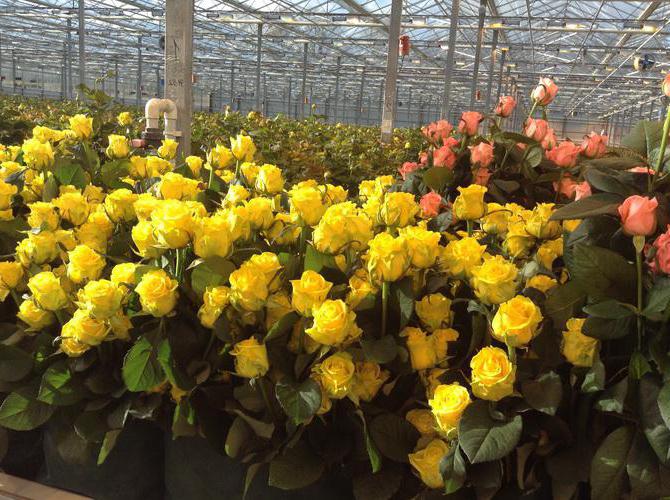 One of the best options is a thermos greenhouse, the advantages of which are as follows:
One of the best options is a thermos greenhouse, the advantages of which are as follows:
- The unique design allows you to take the maximum solar energy for heating and keep heat inside the greenhouse.
- Save electricity and fuel.
- Lack of freezing soil.
- You can grow roses all year round. In the winter months (December-February) artificial lighting is required.
- The initial costs of building a greenhouse in the future will certainly pay off.
Design
Primary requirements:
- The optimal size of the greenhouse is 20 x 5 m.
- For a better passage of sunlight, the roof is made pitched, almost horizontal.
- The greenhouse where roses are grown should be stretched from east to west. A wall facing the north is made opaque - from a bar or other material. Coated with black paint or film. She will serve as a solar collector.
- The coating is double layer.
- The frame is placed from a metal profile.
- The foundation is made tape.
How to grow flowers for sale?
For a successful business and stable earnings, you must:
- apply high-quality soil;
- use correctly selected varieties;
- timely feed the plants;
- water on time;
- regularly take care of seedlings.
There are many flowers that are grown for sale, but roses remain a particularly popular and winning option. The most commonly used varieties for growing in greenhouses are roses: floribunda, grandiflora and hybrid tea species. About 25 flowers are placed per square meter of land. These varieties have a good presentation and excellent quality.
Rose supplying countries
Most of the roses that are in flower shops and markets are of foreign origin. Imports account for almost 90%.
Until 2015, Holland was the main supplier of roses. After the introduction of mutual sanctions between the European Union and Russia, the Rosselkhoznadzor identified pests in the Netherlands, and the import of products was banned. After the termination of deliveries from Holland, Ecuador came into first place in business. Of the flower imports, roses make up a large proportion. This country has been cultivating them for several centuries. Italy takes the second place among importers, it imports almost 9 thousand tons of flowers to Russia.
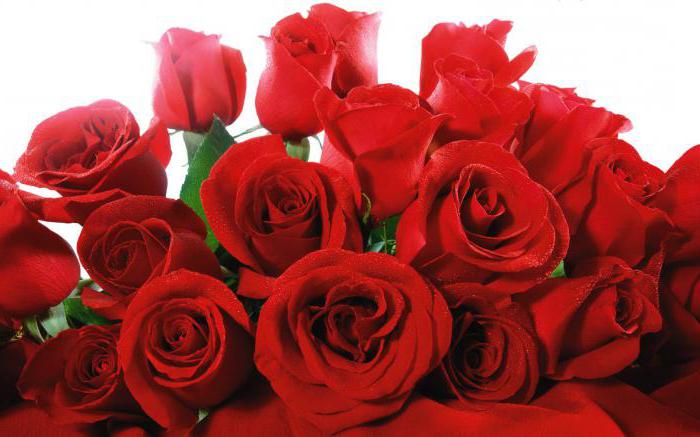 Belarus, where flower production is less developed, delivered more than 5 thousand tons of roses to the Russian market in 2016 and entered the top five.
Belarus, where flower production is less developed, delivered more than 5 thousand tons of roses to the Russian market in 2016 and entered the top five.
Major suppliers are also Colombia and Spain.
Russian gardeners are engaged in growing roses in the Tula, Krasnodar and Moscow regions. However, the products of our manufacturers are of lower quality and less diverse.
Every day, millions of beautiful plants are transported from one country to another so that people rejoice and admire, receiving a bouquet as a gift.
Roses from Holland
A major producer of these wonderful colors is Holland. Dutch rose is grown all year round. It is estimated that the total area of all plantations occupies more than 50 thousand square meters. For speed, farmers ride bikes every day on bicycles. In winter, in greenhouses where roses are grown, electric lamps are turned on to maintain the desired temperature. Harvesting requires a lot of labor and equipment.
Farmers are constantly improving their work, coming up with various devices that facilitate and accelerate the process of growing and harvesting roses. To collect cut plants, they use trolleys with automatic control.
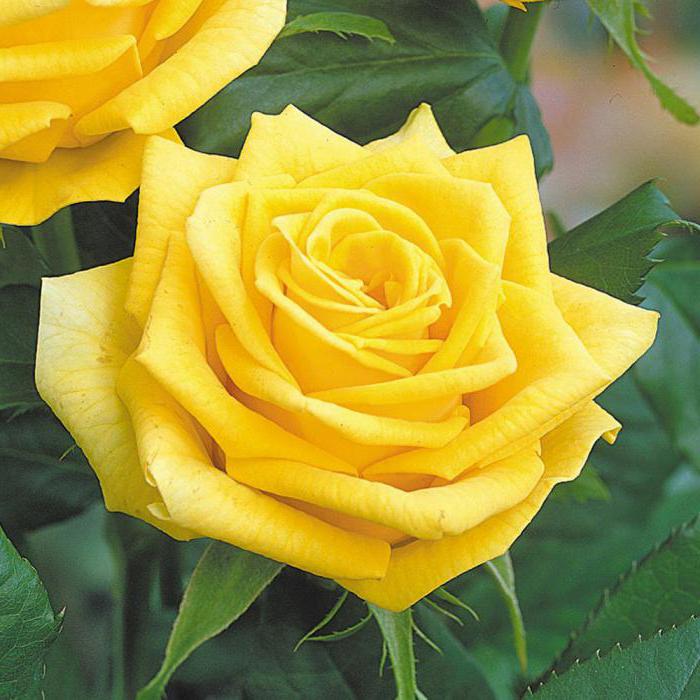 The collected flowers are placed in bathtubs with a special chemical composition that preserves freshness and increases the shelf life. Then the roses are packed in containers for transportation, where the desired temperature and humidity are maintained. Thanks to the developed technology, flowers are quickly delivered to any country. They remain fresh and beautiful, have a pleasant smell.
The collected flowers are placed in bathtubs with a special chemical composition that preserves freshness and increases the shelf life. Then the roses are packed in containers for transportation, where the desired temperature and humidity are maintained. Thanks to the developed technology, flowers are quickly delivered to any country. They remain fresh and beautiful, have a pleasant smell.
Dutch Rose - tender, elegant, fragrant, looks wonderful in complex bouquets and various flower arrangements. Unlike Ecuadorian ones, they have a smaller bud and a shorter stem. It is in the Netherlands that unusual and beautiful varieties of roses are cultivated.
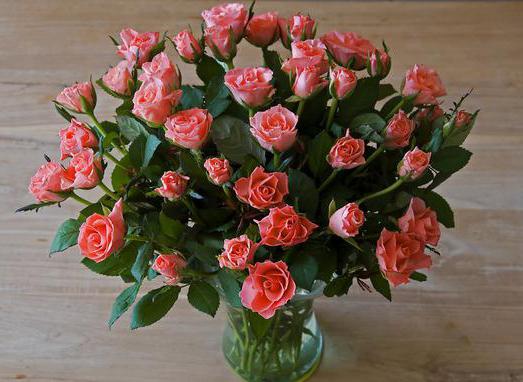 Delicate Dutch roses are suitable for arranging bouquets and compositions; rarely they are rarely given individually.
Delicate Dutch roses are suitable for arranging bouquets and compositions; rarely they are rarely given individually.
Ecuadorian roses
The next country where roses are grown is Ecuador. It is located in South America and has been growing roses for a very long time. Manufacturers comply with international standards and comply with internal standards for product quality control. Ecuadorian roses have a wide color gamut, combine unusual shades obtained as a result of selection. The warm climate allows them to be cultivated in open ground.
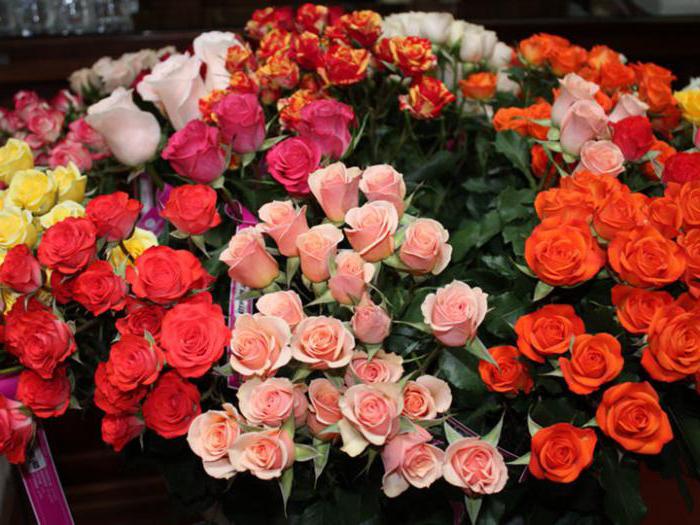 Roses from Ecuador with a thick and long, up to a meter, stem, impeccable bud shape always pleases the buyer. Flowers are unpretentious and able to survive stress during transportation, without losing their appearance.
Roses from Ecuador with a thick and long, up to a meter, stem, impeccable bud shape always pleases the buyer. Flowers are unpretentious and able to survive stress during transportation, without losing their appearance.
Roses have all these qualities due to favorable climatic conditions in the country: fertile soil, low night temperatures, mountain altitude, and appropriate atmospheric pressure.
Varieties of Ecuadorian roses are very hardy, transported well in refrigerators and for a long time retain an attractive appearance. After the road they need to be awakened, otherwise the petals will crumble. It takes some time, and besides, the flowers lose their aroma.
Florists claim that Ecuadorian roses are not suitable for composing compositions, it is better to give them in an heap or one flower at a time.
Colombian roses
The climate of Colombia, where roses are grown, is not entirely suitable for their cultivation, so the plants look much more modest than Ecuadorian ones. Their stem is less thick and not so long, and the bud has a smaller size.
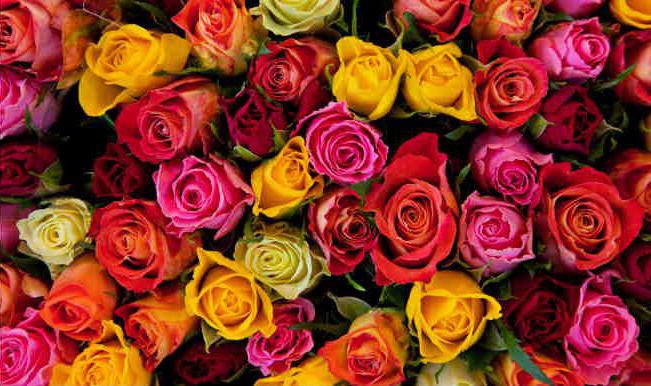 But transportation costs are much lower, and roses from Colombia are sold at a lower price, which is in demand among consumers.
But transportation costs are much lower, and roses from Colombia are sold at a lower price, which is in demand among consumers.
Useful properties of roses
Petals after opening the buds are immediately collected. They contain substances useful to humans:
- quartzite;
- flavonoids;
- tannins;
- iron;
- calcium;
- essential oils;
- carotene;
- vitamins B and C.
Infusion of rose petals is used:
- in the treatment of skin diseases;
- to relieve nervous strain, stress;
- as a laxative, healing agent;
- with migraine attacks.
Curious facts:
- For a different shade of flowers, coloring is used. Paint is added to the bark of plants to obtain an unusual color of the petals.
- Blue Moon variety (blue color) was obtained by genetic modification. But in fact, the color of the petals is pale purple.
- Three tons of petals are needed to make a kilogram of rose oil.
- Rose is one of the oldest flowers; the remains of a plant with an age of about 50 million years have been found.
- In Arizona there is a huge rose bush, which occupies an area equal to the size of a football field.
- In Germany, a rose bush grows near the Ascension Cathedral of St. Mary, whose age is more than a thousand years.
Conclusion
Scientists still do not find the answer to the question, where did they start to grow the rose. It is believed that her homeland is China, Mesopotamia and Persia, which was called Gulistan (country of roses).
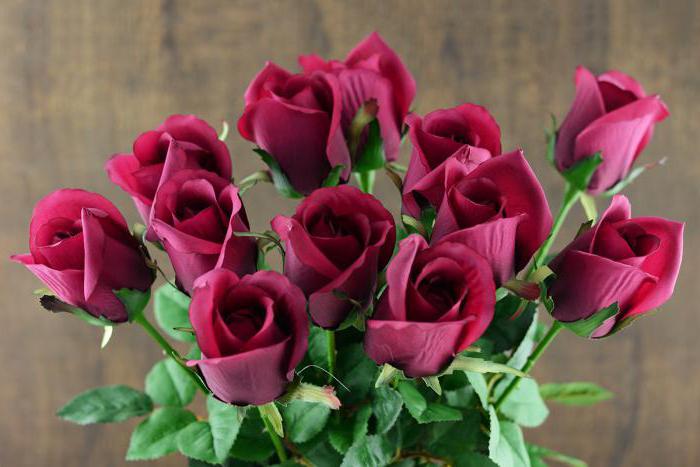 Terry varieties were first obtained in ancient Greece and ancient Rome. Ancient Greek historians in the literature mention 10 different varieties. The monks were engaged in the selection of flowers. At that time, rose water was used as a medicine, used as an antiseptic. From rose petals, rose oil was subsequently made, which was used to make soaps and creams.
Terry varieties were first obtained in ancient Greece and ancient Rome. Ancient Greek historians in the literature mention 10 different varieties. The monks were engaged in the selection of flowers. At that time, rose water was used as a medicine, used as an antiseptic. From rose petals, rose oil was subsequently made, which was used to make soaps and creams.